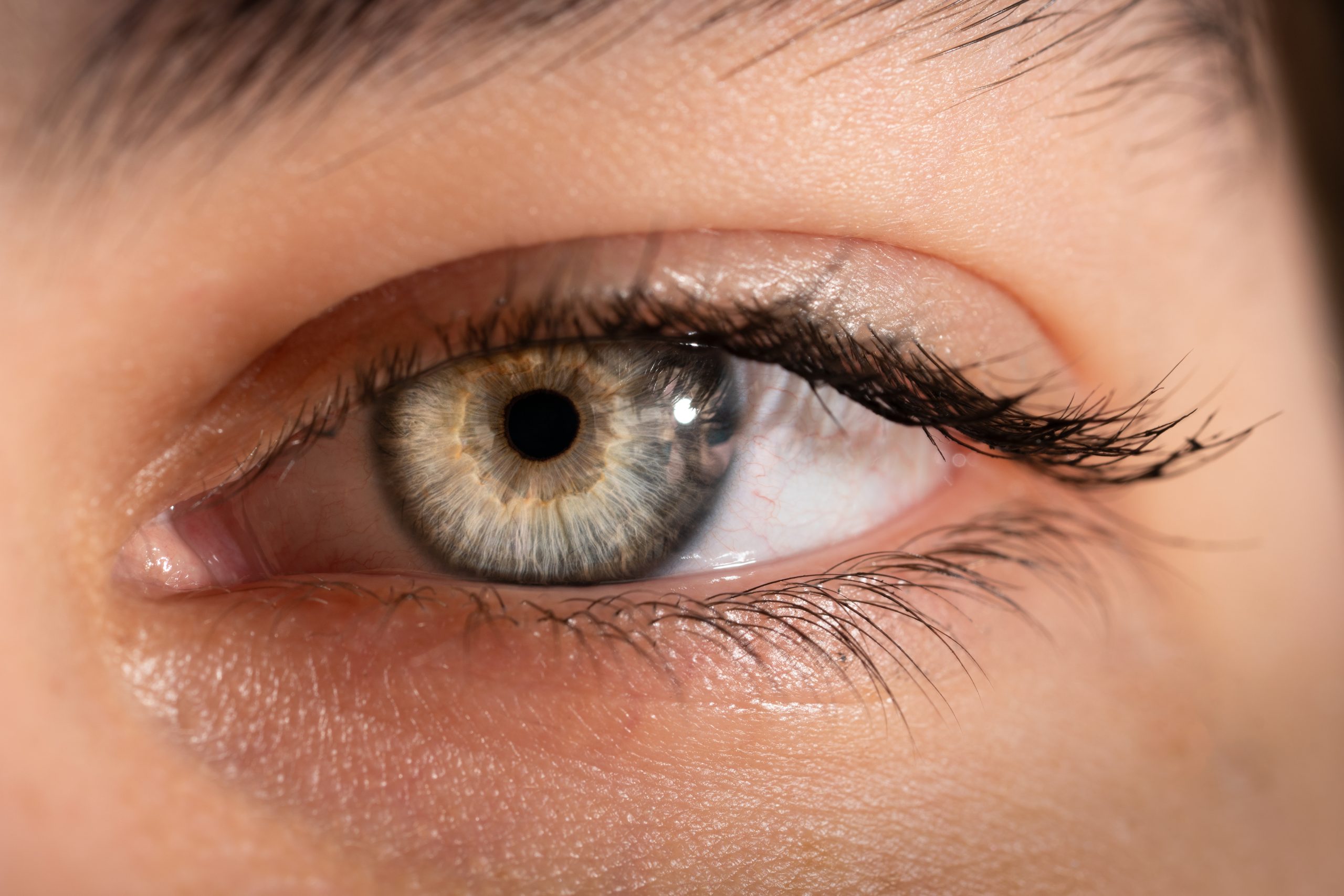Understanding Hypertelorism: Causes, Diagnosis & Treatment,
Introduction
Hypertelorism, often referred to as widely spaced eyes, is a congenital craniofacial anomaly characterized by an abnormal increase in the distance between the eyes. While it can occur as an isolated feature, hypertelorism may also be associated with various syndromes and genetic conditions. This article explores the intricacies of hypertelorism, including its underlying causes, diagnostic approaches, treatment options, and when to consult a healthcare professional for evaluation and management.
Understanding Hypertelorism
Hypertelorism occurs when the interorbital distance, the space between the eye sockets or orbits, is greater than the average range for an individual’s age and ethnic background. This condition can vary in severity, ranging from mild to severe, and may present with other craniofacial anomalies, such as a broad nasal bridge or frontal bossing.
Causes of Hypertelorism
Hypertelorism can result from a variety of genetic, environmental, and developmental factors, including:
- Genetic Mutations: Alterations in genes responsible for craniofacial development can disrupt normal facial proportions and lead to hypertelorism.
- Chromosomal Abnormalities: Certain chromosomal disorders, such as trisomy 13 (Patau syndrome) or trisomy 18 (Edwards syndrome), may include hypertelorism as a characteristic feature.
- Environmental Influences: Exposure to teratogens or environmental toxins during pregnancy can increase the risk of craniofacial anomalies, including hypertelorism.
- Syndromic Conditions: Hypertelorism may be a component of various syndromes, such as Apert syndrome, Crouzon syndrome, or craniosynostosis syndromes.
Diagnosis and Evaluation
Diagnosing hypertelorism involves a comprehensive evaluation by a healthcare professional with expertise in craniofacial abnormalities. Diagnostic assessments may include:
- Physical Examination: Measurement of the interorbital distance and assessment of facial features, including the nasal bridge, forehead, and eye position.
- Genetic Testing: Chromosomal analysis or molecular genetic testing may be performed to identify underlying genetic mutations associated with hypertelorism.
- Imaging Studies: Computed tomography (CT) or magnetic resonance imaging (MRI) scans may be used to visualize craniofacial structures and assess for associated anomalies.
Clinical Manifestations and Associated Features
In addition to widely spaced eyes, individuals with hypertelorism may exhibit other craniofacial anomalies, such as:
- Broad nasal bridge
- Widely spaced eyes
- Frontal bossing (prominent forehead)
- Midface hypoplasia (underdevelopment of the middle facial region)
- Palpebral fissure asymmetry (uneven eye openings)
Treatment Approaches
The management of hypertelorism depends on several factors, including the severity of the condition, associated anomalies, and patient-specific considerations. Treatment options may include:
- Observation: Mild cases of hypertelorism without functional impairment may require no intervention and are managed through regular monitoring.
- Surgical Correction: Craniofacial reconstructive surgery may be considered to reduce the interorbital distance, improve facial symmetry, and address associated craniofacial anomalies.
- Orthodontic and Orthognathic Interventions: Orthodontic treatment or orthognathic surgery may be indicated to correct dental malocclusions or skeletal discrepancies contributing to facial disharmony.
- Multidisciplinary Care: Collaborative management involving pediatricians, genetic counselors, craniofacial surgeons, orthodontists, and other specialists is essential to address the complex needs of individuals with hypertelorism comprehensively.
When to Consult a Doctor
It is advisable to consult a healthcare professional if you or your child exhibits any signs or symptoms suggestive of hypertelorism, including:
- Widely spaced eyes or facial asymmetry
- Concerns about craniofacial appearance or development
- Family history of craniofacial anomalies or genetic conditions
- Presence of other associated features, such as intellectual disability or hearing loss
Early intervention and appropriate medical management can help address hypertelorism-related concerns and optimize outcomes for affected individuals.
Conclusion
Hypertelorism is a congenital craniofacial anomaly characterized by an increased distance between the eyes, which may occur in isolation or as part of a syndromic condition. Timely diagnosis, comprehensive evaluation, and multidisciplinary management are essential for addressing hypertelorism-related concerns effectively. By understanding the causes, clinical manifestations, treatment options, and when to seek medical advice for hypertelorism, individuals and families can navigate this condition with appropriate support and guidance from healthcare professionals.
World Eye Care Foundation’s eyecare.live brings you the latest information from various industry sources and experts in eye health and vision care. Please consult with your eye care provider for more general information and specific eye conditions. We do not provide any medical advice, suggestions or recommendations in any health conditions.
Commonly Asked Questions
Hypertelorism is relatively rare, occurring in approximately 1 in 20,000 births, but its prevalence may vary depending on the underlying cause.
Surgical correction may be considered in cases of severe hypertelorism or when associated craniofacial anomalies require intervention. However, the suitability of surgery depends on individual factors and should be discussed with a healthcare professional.
In mild cases of hypertelorism, observation and monitoring may be sufficient, especially if there are no functional impairments or associated anomalies requiring intervention.
While hypertelorism primarily affects facial appearance, severe cases may be associated with ocular complications or visual disturbances due to abnormalities in orbital structure or eye positioning.
Hypertelorism can have genetic causes, but it can also result from environmental factors or congenital syndromes. A thorough evaluation by a healthcare professional is necessary to determine the underlying etiology.
Prenatal ultrasound or genetic testing may sometimes detect craniofacial anomalies, including hypertelorism, during pregnancy, allowing for early intervention and planning.
The management of hypertelorism depends on its severity, associated anomalies, and individual needs. While some cases may require lifelong monitoring, others may be successfully addressed with early intervention.
Preventing hypertelorism may not always be possible, as it can result from genetic or developmental factors. However, avoiding exposure to teratogens during pregnancy and seeking early medical evaluation for any concerns may help mitigate risks.
The care of individuals with hypertelorism often involves a multidisciplinary team, including pediatricians, geneticists, craniofacial surgeons, orthodontists, and other specialists, depending on the specific needs of the patient.
Hypertelorism may occur as part of various syndromes or genetic conditions that can involve multiple organ systems. A comprehensive evaluation is necessary to assess for any associated health concerns.
news via inbox
Subscribe here to get latest updates !







